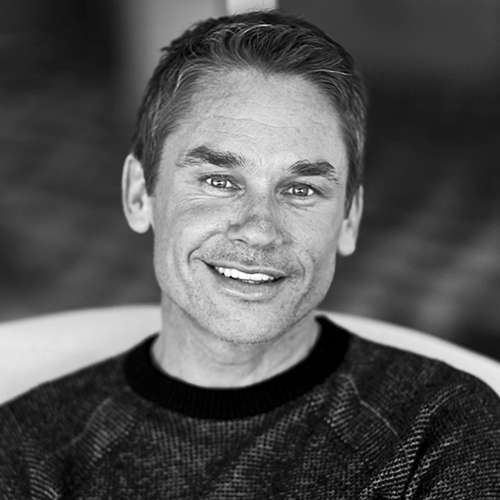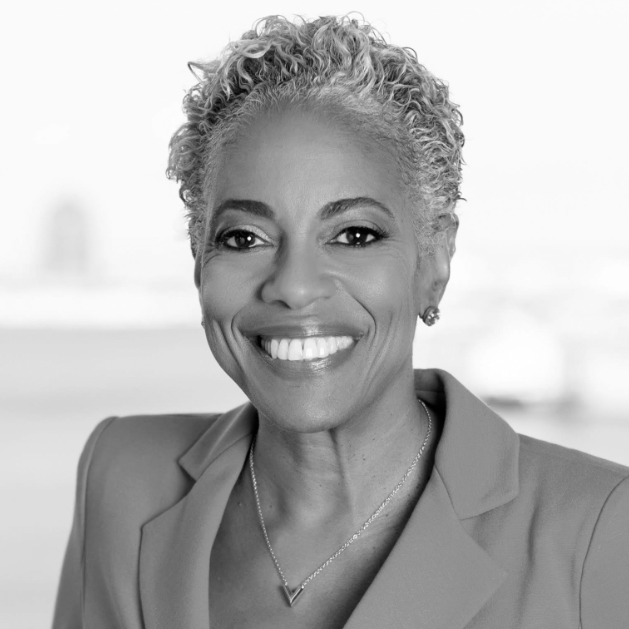Workers Want Weight-Loss Drugs, But How Can Employers Pay the Bills?
When consumers see splashy TV commercials for weight-loss drugs, they often find the the pitch irresistible. But for HR and benefits executives, they may trigger an uneasy feeling. That's because the revolutionary weight-loss drugs like Wegovy bring with them both magic and mystery–the magic is how well they can work; the mystery is how to pay for them.GLP-1, or glucagon-like peptide-1, drugs have historically been used to treat diabetes. But the development of stronger drugs like Novo Nordisk’s Ozempic in recent years, and now the approval of Wegovy and Eli Lilly’s Zepbound specifically for weight management, has led to a sharp increase in demand. That’s particularly true as more research emerges showing the drugs may also reduce the risk of cardiovascular disease, stroke, and potentially bring other long-term health benefits. Yet the medications can cost as much as $1,000 to $1,500 per month–a price that few Americans can afford unless they have generous health-insurance coverage.And unlike expensive drugs for rare conditions, the potential number of patients for GLP-1s is vast. More than 40% of Americans have obesity, according to the Centers for Disease Control and Prevention, and that is expected to reach 50% by 2030.Many doctors are thrilled about the potential for GLP-1s to change how obesity is treated, but that puts employers–where nearly half of Americans get their health insurance–in a tricky position. Here’s what employers need to know as they consider coverage for these drugs in the quickly changing landscape:High Costs, Low CoverageWhile employer health plans widely cover GLP-1s for the purpose of treating diabetes, coverage for weight-loss purposes is much more spotty right now. A survey last fall by the International Foundation of Employee Benefit Plans found that 27% of 205 employers covered GLP-1s for weight loss and another 13% did not yet cover them but were considering adding coverage. Meanwhile, Willis Towers Watson (WTW), a global insurance benefits-consulting company that serves many large employers, found about 38% of employers it surveyed cover the weight-loss drugs. Those that do cover them are seeing significant cost increases. The retail price for Wegovy comes out to $15,000 to $16,000 per year, and after rebates and discounts from manufacturers, health plans still pay about $9,000 per year, says Cody Midlam, a director at WTW’s pharmacy practice. The cost per member per month for GLP-1s has doubled each of the last three years, according to WTW’s analysis, amounting to an extra $11 per member per month last year, or about 9% of all pharmacy costs.Companies are aware of the research showing the drugs’ effectiveness at tackling obesity. Yet while doctors say that helping people lose weight could lead to less cardiovascular disease, fewer mental health issues, and savings from avoiding knee replacements or other surgeries related to obesity, long-term data on clinical outcomes remains limited. With high employee turnover in many industries, it’s tough for these employers to factor in potential future savings in healthcare costs over the life of the employee.“Those outcomes take a very long time to manifest,” says Midlam. “It’s not something that’s easily measurable on a short timescale when plan decisions are being made.” Andrew Witty, CEO of UnitedHealth Group, the largest U.S. insurer, said his corporate clients see the benefits, but first have to deal with the short-term costs. “We’re very positive about the potential for another tool in the toolbox to help folks manage their weight. We recognize that has potential benefits,” Witty said in the third-quarter earnings call last year. “But we’re struggling.”Employers Meet the DemandDespite the high costs and headlines about some insurance plans scrapping GLP-1 coverage, plenty of employers see the upside to covering the new obesity medications. Ninety-nine percent of companies already covering GLP-1s said they planned to continue doing so next year, according to a fall survey from Accolade, a healthcare navigation and advocacy company. Employers reported that after they added GLP-1 coverage, they saw higher employee satisfaction, increased engagement in other well-being programs, and improvements in other or comorbid health conditions. Midlam of WTW says his firm’s corporate clients want to “avoid member disruption” wherever possible.Doctors agree that should be a priority. Dan Azagury, M.D., medical director for the Stanford Lifestyle and Weight Management Center, says GLP-1s have been a “game changer” for many of his patients. “If you stop it overnight, whether it’s insurance, or financial, or shortages, the rebound is ferocious,” he said. “So it’s really very frustrating that they encounter that situation.” Some companies have expressed concerns about the idea of paying for a drug that employees essentially have to take forever to maintain its benefits. But while side effects, including vomiting and gastrointestinal issues, can be unpleasant for some people, doctors like Azagury say they know how to help patients manage them, and that they are seeing more patients have a positive response to GLP-1s than to previous generations of weight loss medications. Holistic Care, Not Just PrescriptionsEven when employers decide they want to help their employees lose weight, there are still lots of details to consider. As companies approach designing their insurance plans for 2025 and beyond, they are trying to figure out how many employees are likely to use GLP-1 drugs if coverage is offered, whether there should be limits on who can get the drugs, and what kind of requirements they should use to prove the drugs are medically necessary. Most companies that cover GLP-1s use some cost-control strategies, according to the International Foundation of Employee Benefit Plans survey. Many use prior authorization, step therapy during which patients must try lower-cost drugs first, or specific eligibility requirements.Typically, eligibility requirements have been tied to the standards on the FDA labels for these medications. But some employers are considering restrictions such as only covering the drugs for people with obesity but not those who are overweight, says Tracy Spencer, a pharmacy practice leader for benefits consultant Aon. If they add those limits, she warns that employers should be aware that could change or jeopardize the rebates they get from the drug manufacturers, so they need to predict whether the savings they get from limiting the drugs’ use will offset the loss of the rebates.Benefits consultants like Aon and WTW are also seeing employers shift the way they look at GLP-1 drugs to view them as one piece in a broader strategy to address cardio-metabolic issues.That might mean employers choose to cover the drugs for targeted indications, such as covering Wegovy not for weight loss on its own, but for people with increased risk of cardiovascular disease, which Medicare recently announced it would do. It can also mean pairing GLP-1 coverage with required lifestyle modifications or participation in a virtual weight-loss or coaching program. Employers often have access to virtual health programs through their pharmacy benefit managers, and many have tried these to target diabetes in recent years. The biopharmaceutical company Moderna, which offers coverage of GLP-1s for diabetes and weight management, is one company that has tried this strategy. “In 2023 we saw a spike related to weight-loss management: We looked at claims data, and after mental health, obesity and weight management were the second drivers,” Jeffrey Stohlberg, Moderna’s director of corporate benefits, said at a From Day One conference earlier this year. So the company started using the virtual weight-loss management program Wondr Health, where an employee can work with a physician specializing in weight loss. “It’s not a path to GLP-1s, but [the physicians] can provide medication for that person,” Stohlberg said. Labcorp also announced in February that it would provide U.S. employees on GLP-1s with virtual care and medication management through WeightWatchers for Business. Other companies such as Omada Health and telehealth providers like Teladoc and Ro have launched similar offerings over the last year. Medical providers agree that a holistic approach is needed, but Angela Fitch, M.D., president of the Obesity Medicine Association and co-founder and chief medical officer of the obesity-focused primary care startup knownwell, worries that requiring a standard weight-management program for every person is another barrier and potentially a waste of money if the program doesn’t have solid evidence behind it.“You can offer lifestyle [strategies] in addition to medication,” she said, “but it should be driven by that shared decision making discussion with the clinician.” If insurers want to make sure patients are getting holistic care, she would rather have them require patients to get their prescriptions from a qualified physician who does a true evaluation so that solutions can be personalized. In her role with the Obesity Medicine Association, Fitch often advises employers on their health plan designs, so she understands that costs are a major concern for companies. But in her primary-care practice and others like it, she says her staff are “burning out” as they spend hours each day trying to navigate all the new and often strict and confusing insurance requirements for these medications. “We have got to deal with costs,” Fitch said. “But it should be transparent and flexible.” She worries that overly rigid restrictions are “adding to the bias and stigma of obesity” by signaling to patients that their weight is their responsibility to treat on their own. Her major advice is to view obesity with the nuance that people view other chronic conditions. “You do not need a GLP-1 management solution. You need a comprehensive obesity-care solution.”Abigail Abrams is a health writer and editor. Currently she is the senior manager of content operations for Atria. Previously, she was a staff writer on health and politics for TIME magazine. Her freelance work has appeared in the Washington Post, the Guardian, and other publications.






